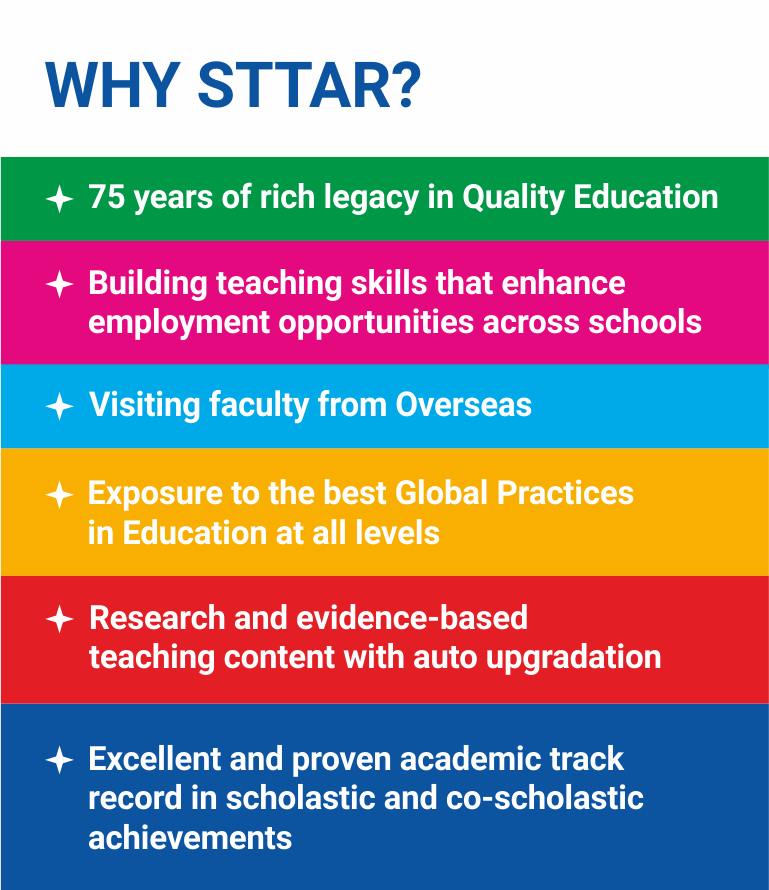Technology Driven Education
 The phrase “Use of technology for driving education” has acquired a ubiquitous status today. Suddenly, on-line delivery of syllabus, assignments, assessments, extra-curricular activities has become the most common topics of discussion amongst all stakeholders of the education landscape. A good look at the entire eco-system of education would reveal that this is not a new or a novel paradigm. It always existed in a variety of formats such as Distance-learning which was leveraged by several institutions, including some Universities, for those who either wanted to add another degree, pursue a specialization in the field of higher education or were simultaneously engaged in another occupation.
The phrase “Use of technology for driving education” has acquired a ubiquitous status today. Suddenly, on-line delivery of syllabus, assignments, assessments, extra-curricular activities has become the most common topics of discussion amongst all stakeholders of the education landscape. A good look at the entire eco-system of education would reveal that this is not a new or a novel paradigm. It always existed in a variety of formats such as Distance-learning which was leveraged by several institutions, including some Universities, for those who either wanted to add another degree, pursue a specialization in the field of higher education or were simultaneously engaged in another occupation.
The onset of a pandemic on a global scale, combined with its unrelenting impact in all areas of human endeavor, has indeed forced all nations to transmigrate to a system that allows all activities to achieve a near-normal status. Technology does provide an answer. The mandates and rigour of social distancing ensure that human contact in a physical format is to be deeply frowned upon, and the only viable and sustainable way is to connect with each other on a virtual basis.
Living in virtual mode has become a hard reality, at least for the last six months, for most of us. Future seems uncertain, or till there is a significant breakthrough in the development of the most cost-effective vaccine and a durable cure for this lethal virus.
We need to analyse the situation, and evolve a consensus on the measures that need to be taken to drive education in an unhindered manner. Surely, this cannot wait and the problem is further compounded by the fact, that every year the number of aspirants for seeking education is on the increase.
Technology has reinvented itself to the changing needs of delivering education, with diverse and a broad-basedcontent on a remote methodology.We have seen the proliferation of some very robust and smart platforms, that facilitate a seamless and an interactive ways of establishing connect between the school and the students.
It is indeed heartening to note that several schools especially in the urban conglomerates have taken up on-line teaching with remarkable ease like a fish to the water, after a few initial hiccups. But these are early days and we must wait for the final verdict on the long-term suitability of this model of teaching. Already, some voices of concern are being heard from the parents, social activists and even teachers about both the physical and emotional strain the new paradigm is causing. We have to take note of that and take appropriate corrective measure before it is too late.
Another important area that all educationists, management and other stakeholders need to reflect upon, pertains to the quality of education, assessment and a whole lot of other scholastic and co-scholastic activities children used to remain engaged in while at school. Home environment, however warm and loving it may be, cannot be a substitute to the learning that takes place in a school.
Let us go back to the education practices of ancient times. If home was the right place for education, Kings and Emperors of the yore would not have sent their wards to Ashrams and Gurukuls. The rich people today, would have opted for getting the best coaches in all subjects for their children at home. That did not happen during earlier days and is not happening now. There is something about an organized school system, the open grounds, away from the disapproving eyes of the parents, discipline, peer connect, sports, music, dance, annual events, parties that hold an inexplicable fascination for the children and also ensures sound learning.
We will therefore have to devise and create a middle ground. Without sacrificing the imperatives of security and health issues, we will have to allow a hybrid system to evolve that continues to get students on a selective and rotational basis to the school, and complement their studies through home assignment, project work and access to some high quality links on a variety of subjects.
We are also witnessing a perceptible shift in the Indian Education paradigm, from rote learning to project-based learning that is practical and hands on. Experimentations, laboratories, Libraries and similar facilities in a school system shall have to reorient themselves to be delivered and shared in an experiential mode.
In this context, it is extremely important that our teaching community is sensitized and trained regularly to adapt to the needs and challenges that a new system will present. In an ever evolving situation, solutions will be found and many new challenges will also emerge. It is therefore absolutely essential that we create training and research institutions that continue to address these issues, adequately equip teachers to adapt, and deliver quality education. Saamarthya Teachers Training Academy of Research (STTAR), a training institute of repute was created essentially with this objective and mandate. In a short period of its existence, it has delivered some top quality training modules that have received overwhelmingly positive feedback. Its website sttar.in can be visited for further information.
The field of Education is dynamic in nature, ever evolving, and so is technology. The two shall have to continue to adapt and match the requirement of each other. The education and the stakeholders of the education system shall have to project the demand, and technology will have to provide acceptable and sustainable solutions.
That is the best way forward.
VINOD MALHOTRA
Chairman
Academic Council, STTAR









